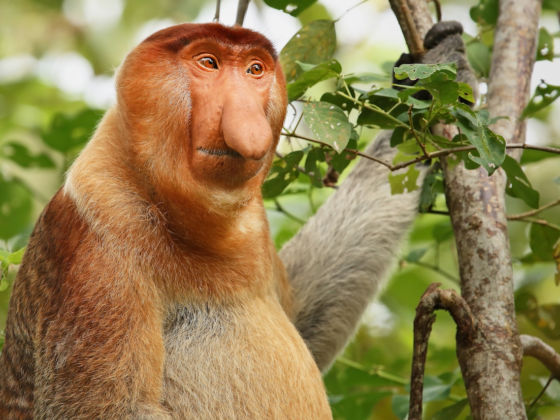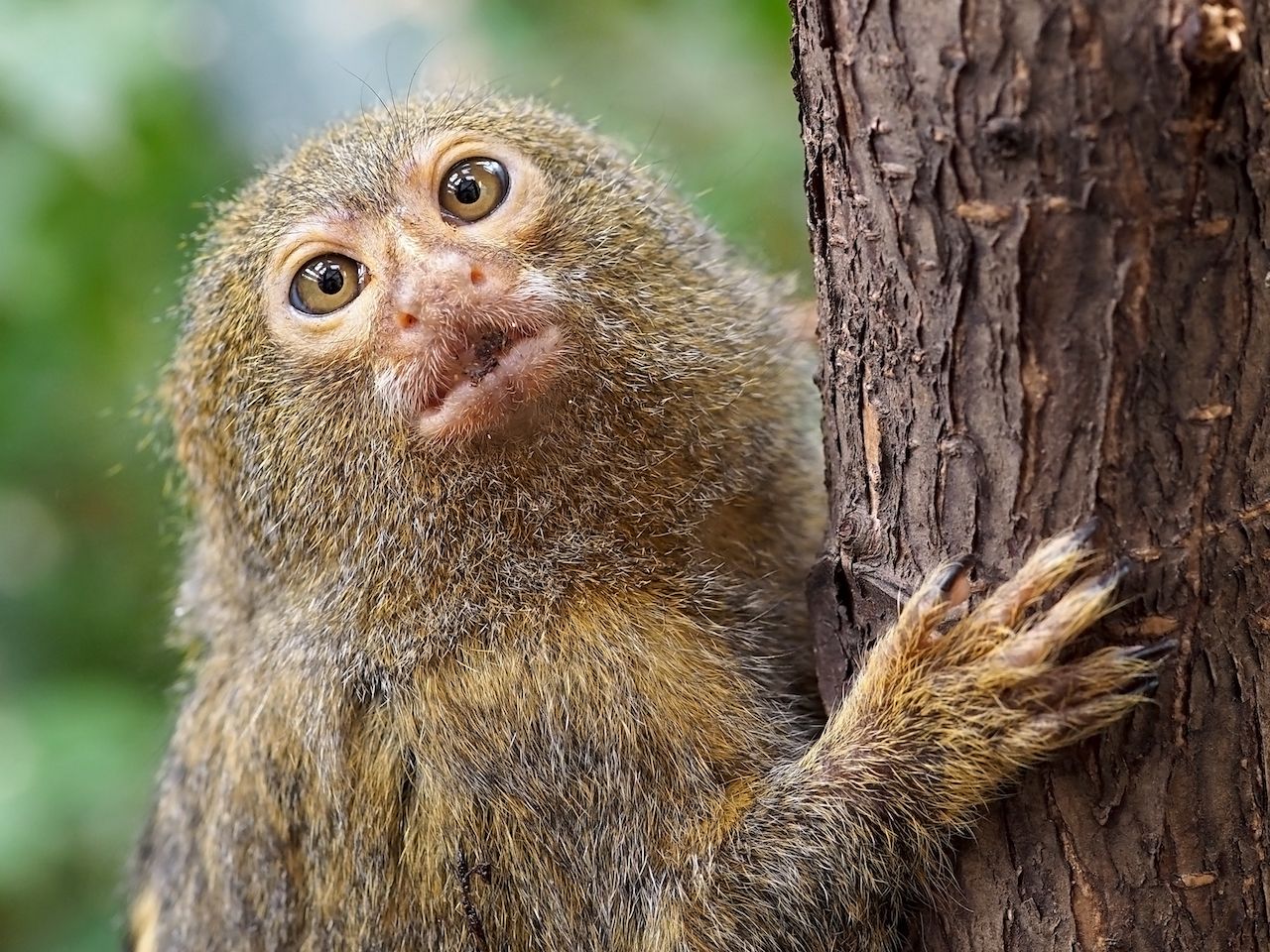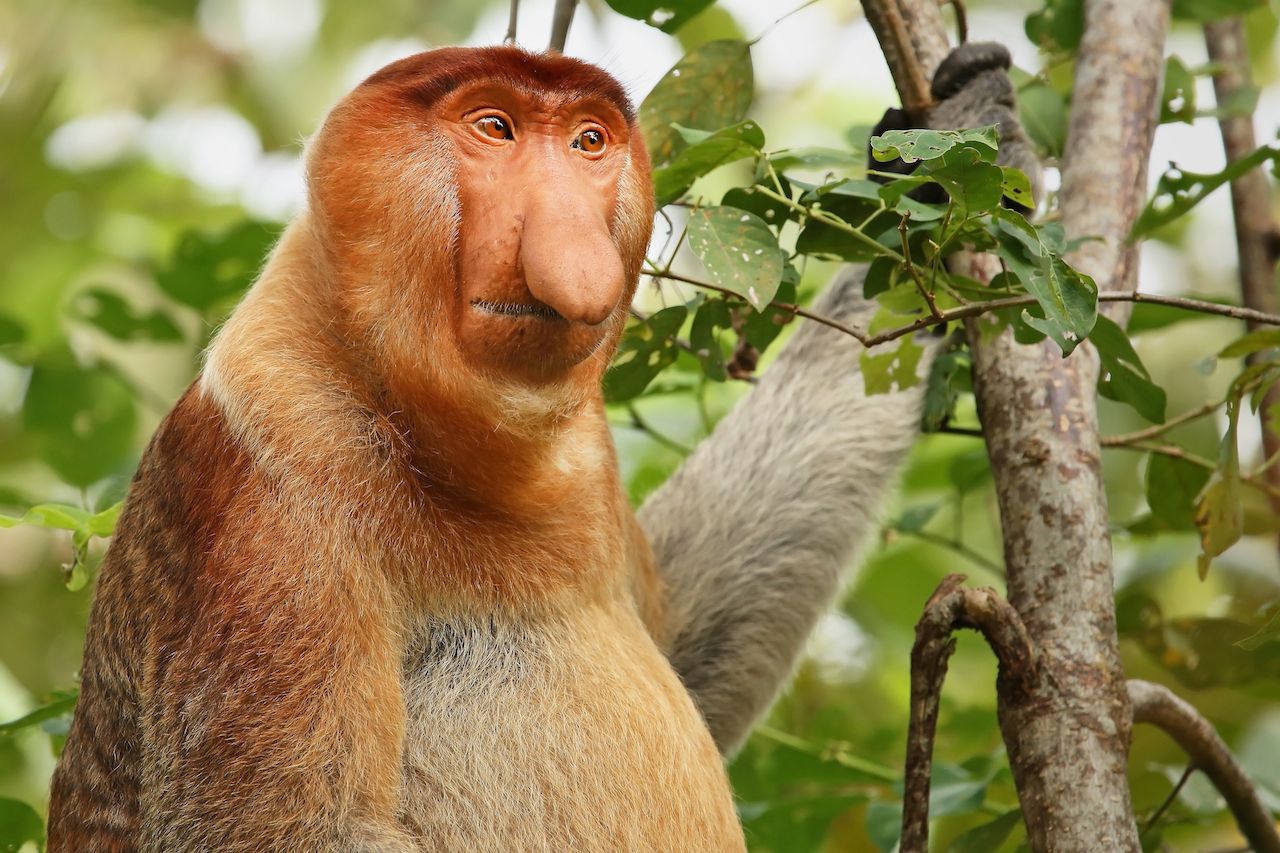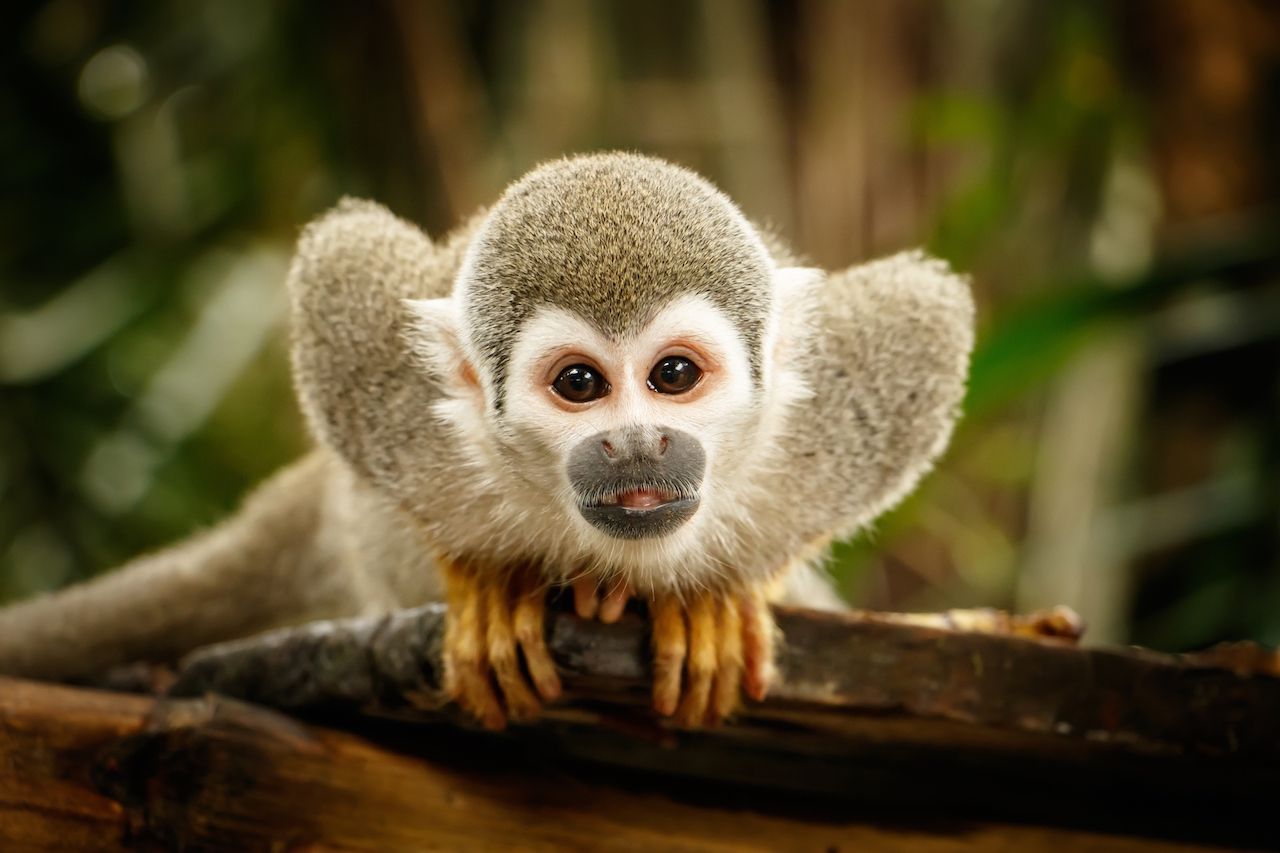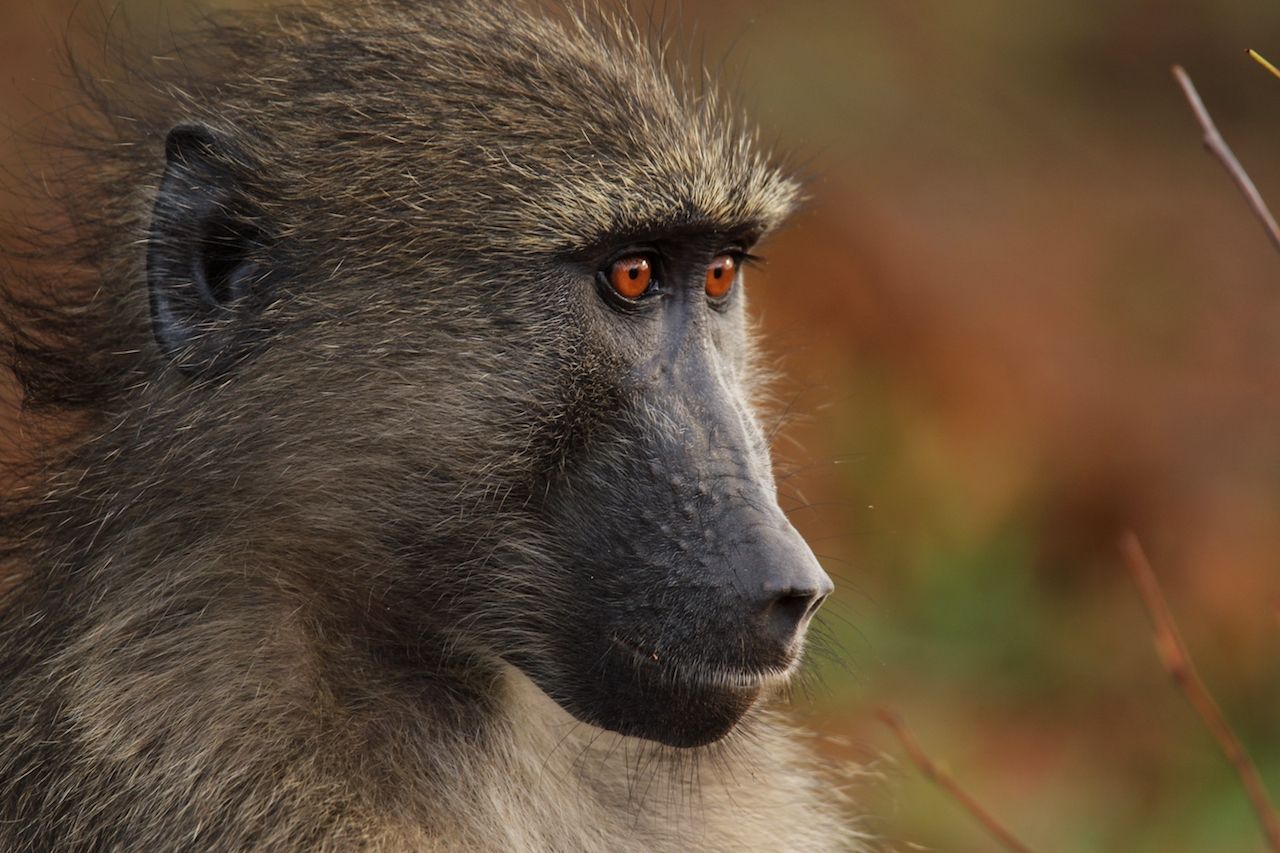Monkeys are smart, cute, and irresistibly entertaining. They are also an incredibly diverse group of mammals — there are more than 260 different types of monkeys in the world.
All monkeys belong to the order Primates. Within the order, the monkeys are divided into two groups: New World monkeys who live in South and Central Americas, and Old World monkeys who live in Asia and Africa.
